our history
First known as The Westchester, The Occidental, The Pioneer, and now as the "Sohotel", this landmark building has long been a fixture in the Bowery, operating as a stop for travelers as far back as there are written accounts. "The Bowery" refers to the neighborhood surrounding the boulevard in the scenic downtown area, but the road itself is actually the oldest thoroughfare in Manhattan, stretching roughly the entire distance of the island from North to South since Pre-Colonial times. It is here that the earliest Dutch explorers settled, christening the township "New Amsterdam", before it was ceded to the English and renamed "New York" following various upheavals during the Anglo-Dutch Wars. The Bowery also famously played host to General George Washington, as he arrived in New York to watch the final remaining British troops flee back to England in November of 1783 at the end of the Revolutionary War.
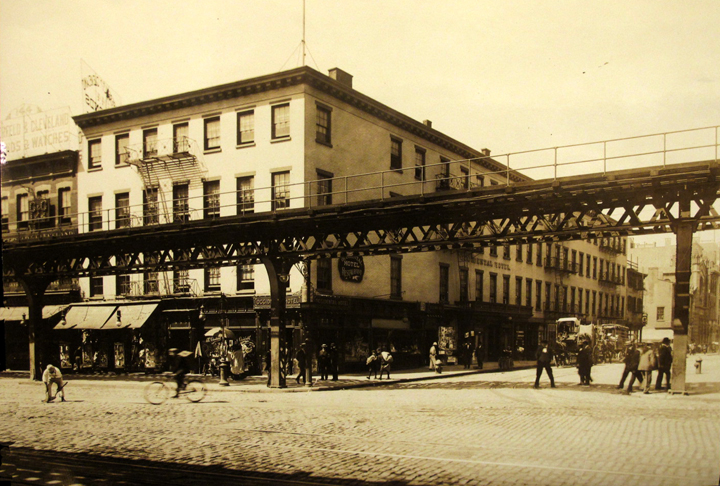

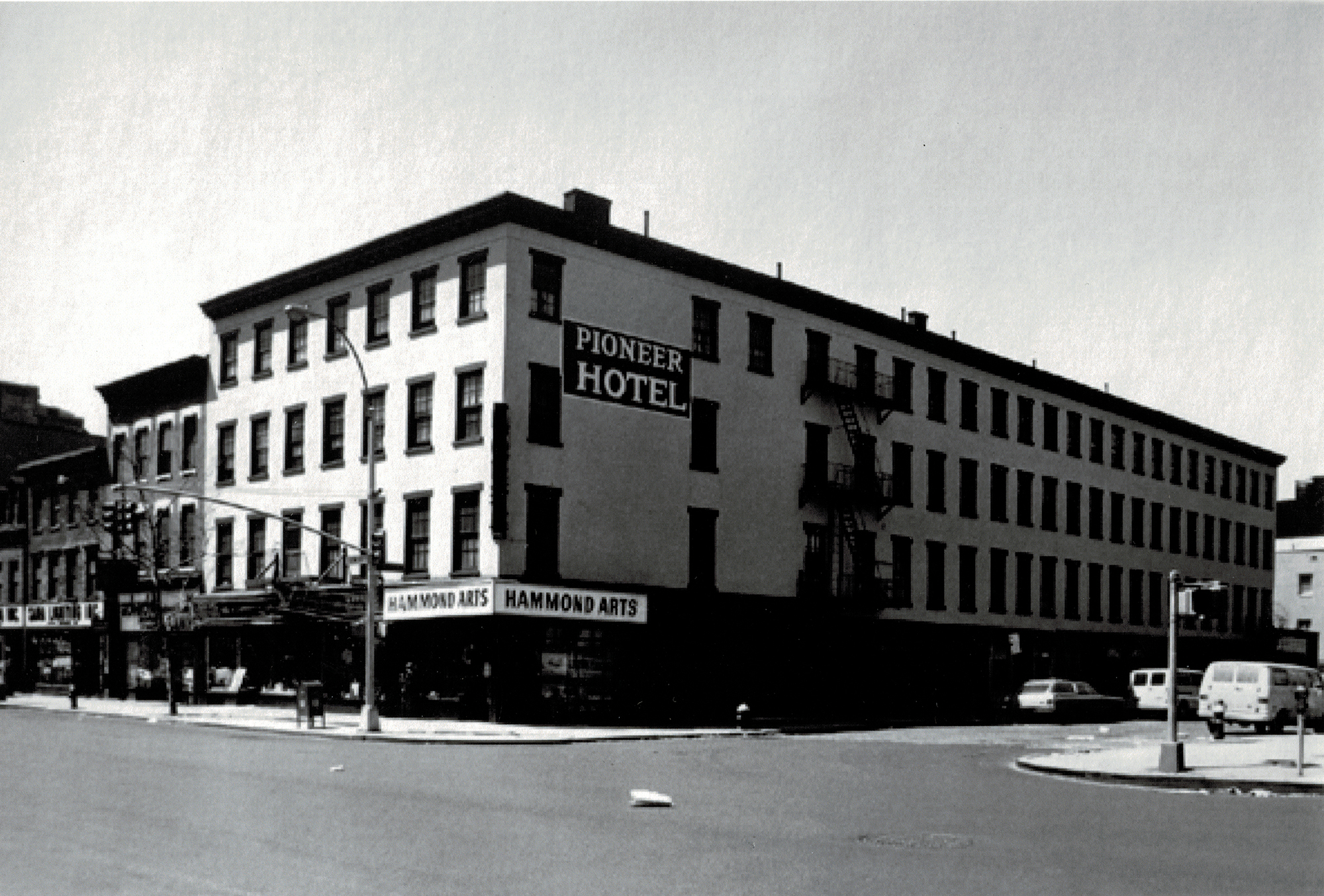

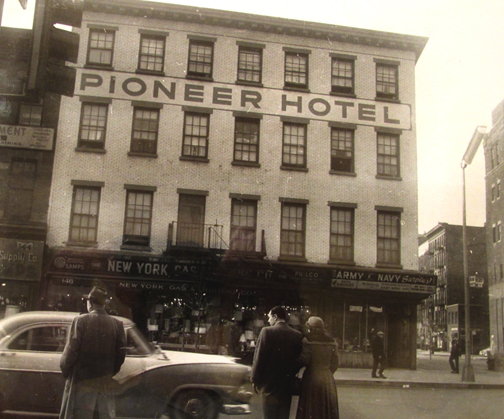
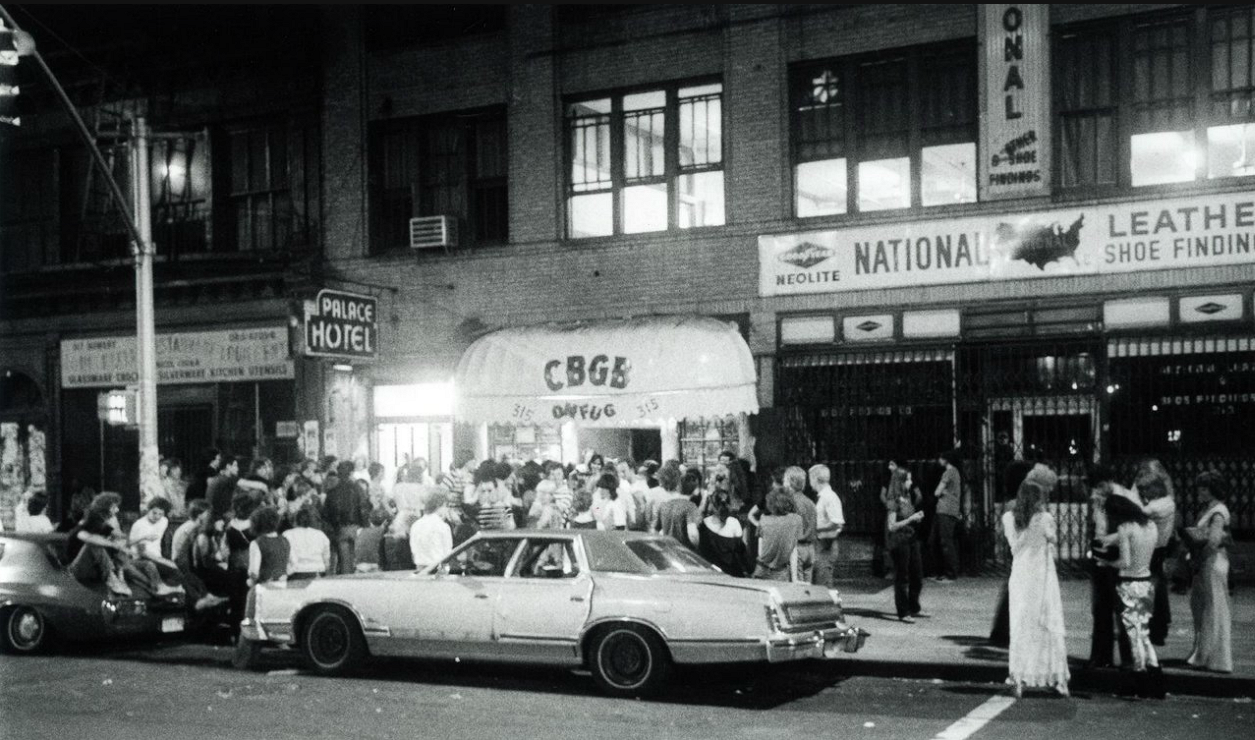
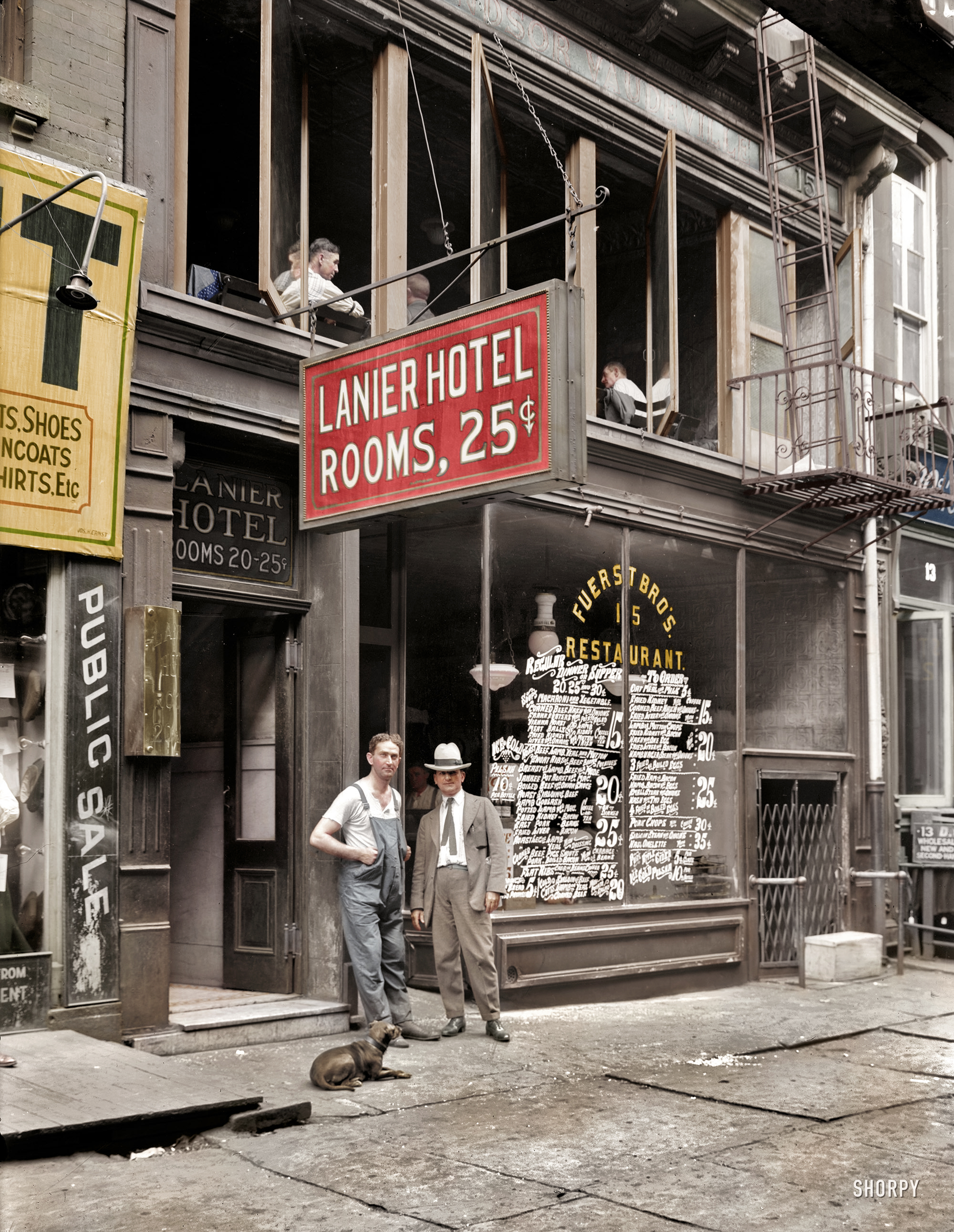
old bowery days
While the Sohotel is rich in history—its interior has been stripped to reveal large stretches of exposed brick—few lodging houses can boast of such an impressively long run. Indeed, a hotel has been operating continuously on this spot, at the corner of Bowery and Broome, since at least 1805. Piecing together the exact history of the present structure is difficult, but aerial views suggest that it is composed of a number of 19th-century buildings strung together. The corner portion seems to be the oldest: It was probably constructed around 1840 as a replacement for the old Military and Civic Hotel, a wooden structure that had been a meeting house for the Equal Rights wing of the Democratic Party. According to Alvin Harlow in his 1931 book, Old Bowery Days, the building was remodeled with a fourth story and given its present appearance in 1866 (at the time it was known as Westchester House). In coming decades, as the Bowery grew increasingly downtrodden in character, the hotel became a common destination for unfortunates such as John P. Mount, a dry goods employee who killed himself there in 1897 after losing his job of 20 years.
But, as The Occidental (a name it had acquired by 1874), the hotel did enjoy a burst of raffish glory as Big Tim Sullivan’s headquarters from 1900 to 1913. It would be impossible to encapsulate Sullivan’s diverse activities, but during his peak years he was known variously as ward boss,Tammany Hall leader, state senator, theatrical impresario, real estate baron, stager of illegal prizefights, saloon owner and, in the words of a 1901 New York Tribune profile, “professional politician.”
His connections with the world of vice and crime were as legendary as his generosity, and the lavish dinners he hosted at The Occidental drew the likes of future governor Al Smith alongside John L. Sullivan, the boxer. During these years the hotel gained renown for its barroom ceiling, which Harlow described as “one vast painting whose fame spread even to the Pacific, and which is still spoken of with awe by the old-timers as a work of high art.” The painting depicted a cluster of nude women in the bath.
